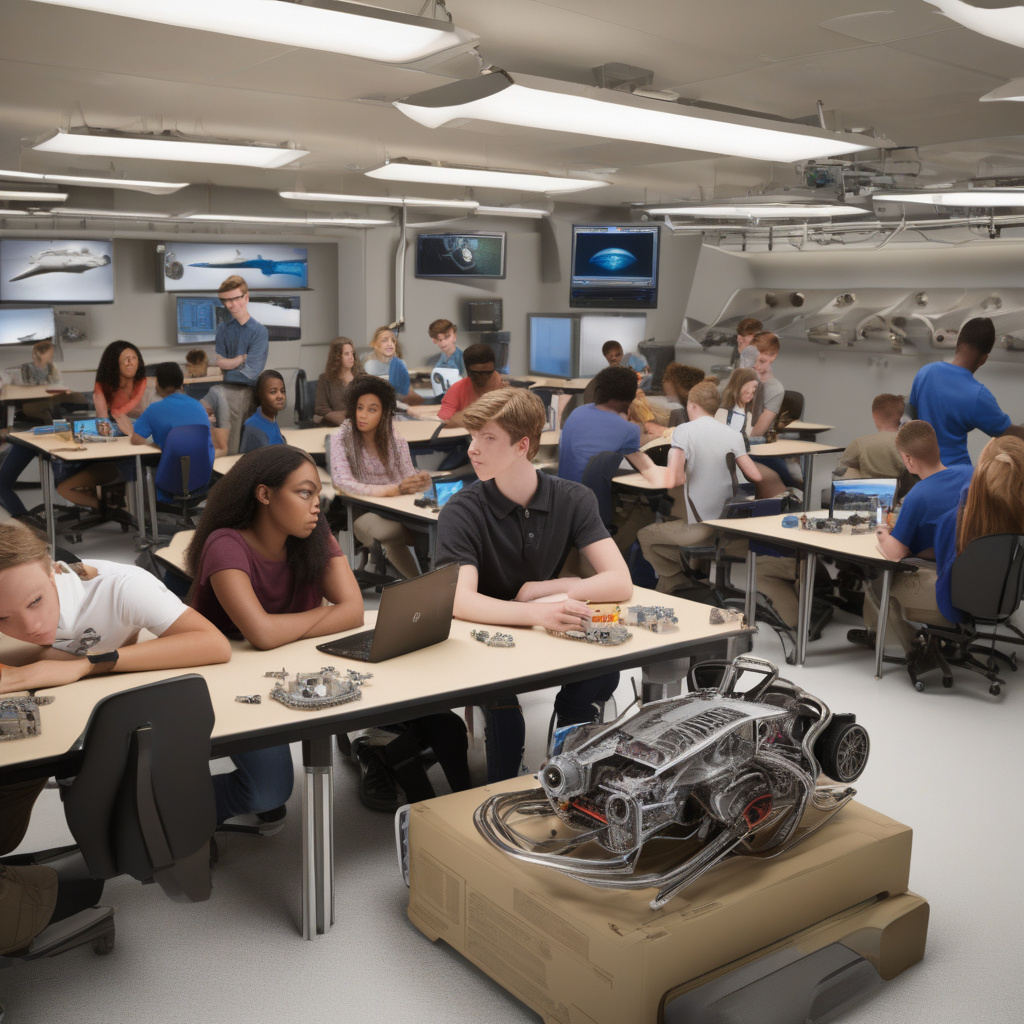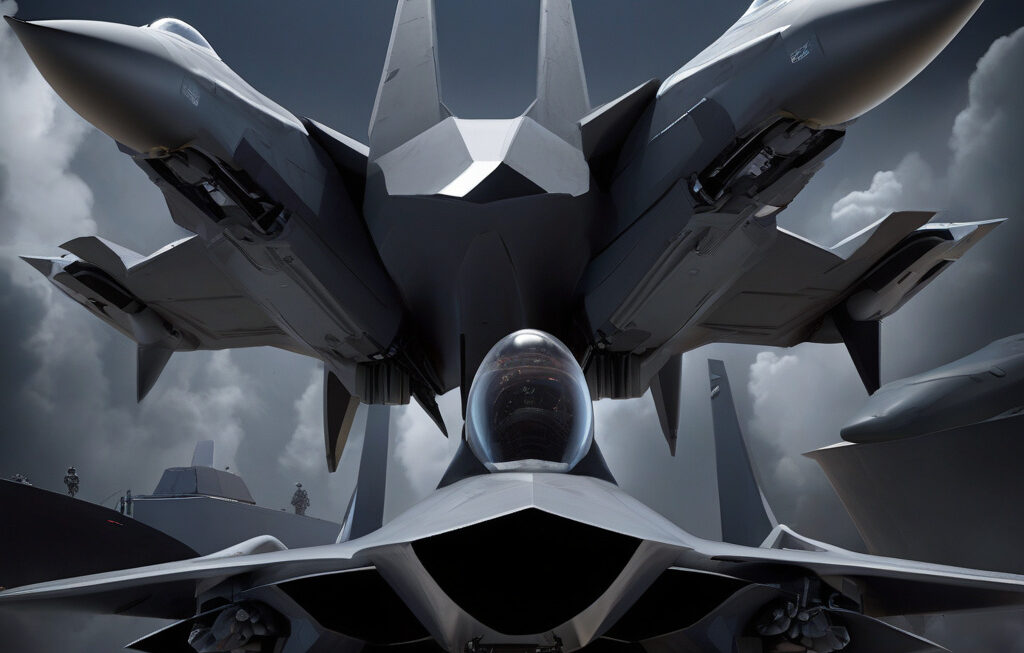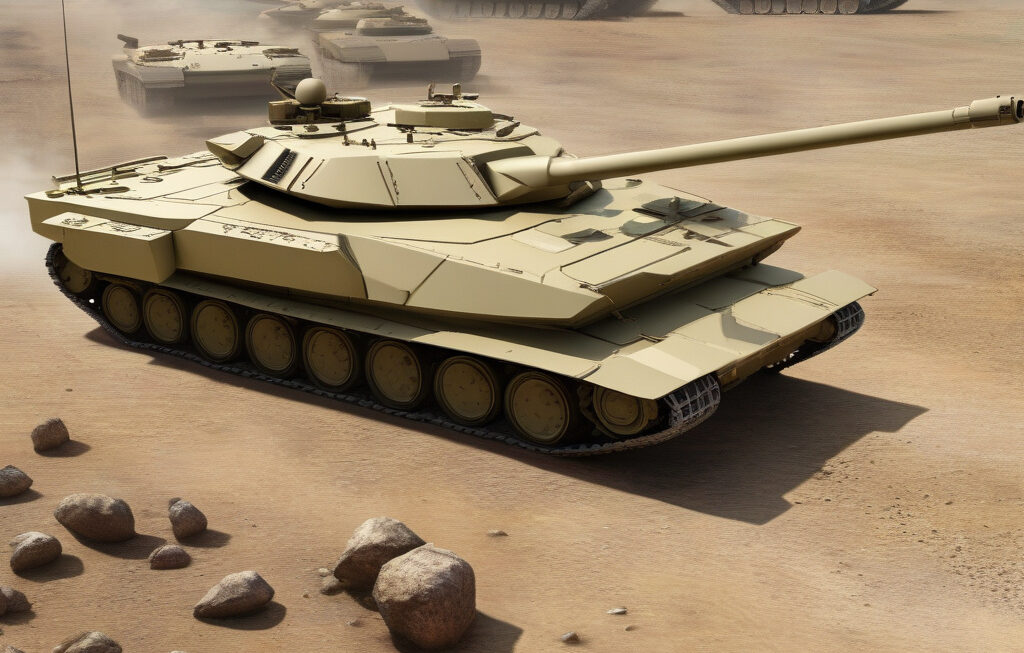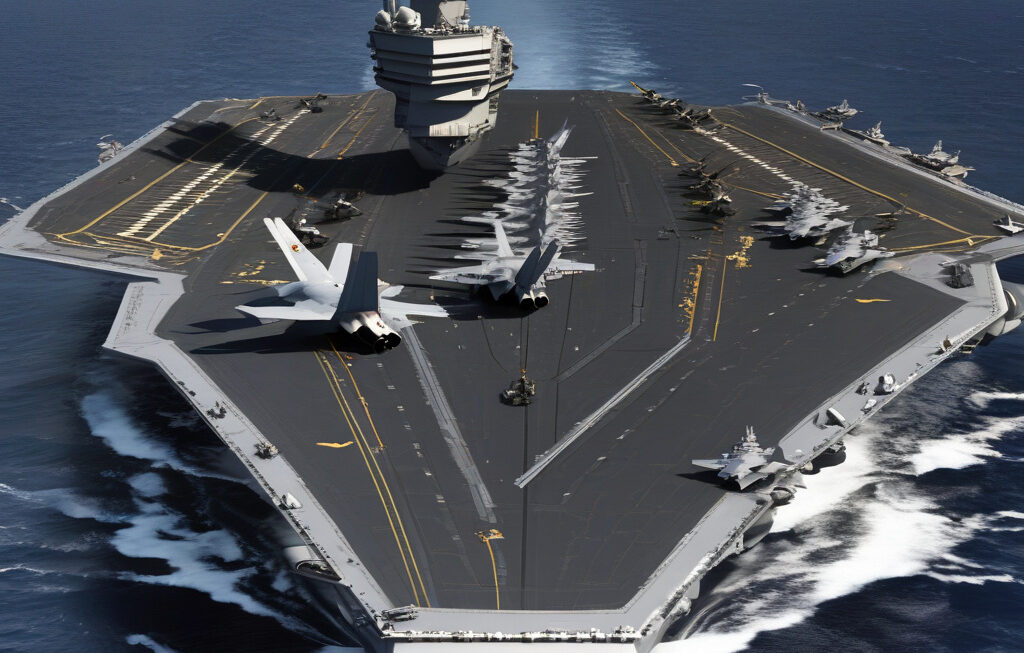US Students to 3D Print Hypersonic Vehicles with Mach 5 Speed for Military Might
The U.S. Army has approved a fresh $3.1 million funding to make hypersonic vehicles faster, more efficient, and deadlier than ever before. This cutting-edge initiative aims to leverage the creativity and ingenuity of students in the United States to revolutionize military capabilities through 3D printing technology. By harnessing the power of additive manufacturing, these young minds will have the opportunity to design and produce hypersonic vehicles capable of reaching speeds of Mach 5 and beyond.
The concept of hypersonic flight is nothing new, with countries around the world racing to develop these next-generation vehicles. However, what sets this project apart is the direct involvement of students in the process. By empowering the younger generation to take the lead in such a critical area, the U.S. Army is not only fostering innovation but also ensuring a steady pipeline of talent for the future.
One of the key advantages of 3D printing in this context is the ability to rapidly prototype and test different designs. Traditional manufacturing methods can be time-consuming and expensive, making it difficult to iterate quickly. With additive manufacturing, students can design a new component in the morning, print it in the afternoon, and test it the next day. This accelerated development cycle is essential for pushing the boundaries of what is possible in hypersonic vehicle design.
Moreover, 3D printing allows for the creation of complex geometries that would be impossible with traditional machining. This opens up a world of possibilities in terms of aerodynamics, heat dissipation, and overall performance. By taking full advantage of this technology, students participating in the project can explore innovative design concepts that were previously out of reach.
In addition to the technical aspects, the project also offers a unique educational opportunity for the students involved. Working on a real-world defense project of this scale provides invaluable hands-on experience that cannot be replicated in a classroom setting. From teamwork and project management to problem-solving and critical thinking, the skills developed through this initiative will undoubtedly serve the students well in their future careers.
Furthermore, the collaboration between academic institutions and the military establishes a strong foundation for ongoing cooperation. By bringing together experts from both worlds, the project encourages knowledge sharing and cross-pollination of ideas. This multidisciplinary approach not only enriches the overall experience but also leads to more robust and innovative solutions.
As the project progresses, there is no doubt that challenges will arise. From technical hurdles to logistical complexities, the path to developing hypersonic vehicles is fraught with obstacles. However, it is precisely in overcoming these challenges that true innovation emerges. By encouraging students to push the boundaries of what is possible, the U.S. Army is investing in a future where military superiority is not just a goal but a reality.
In conclusion, the initiative to task US students with 3D printing hypersonic vehicles capable of Mach 5 speeds represents a bold and forward-thinking approach to defense innovation. By leveraging the creativity and technical prowess of the younger generation, the project has the potential to redefine the capabilities of the military. As these students embark on this groundbreaking journey, the possibilities are as limitless as the skies they seek to conquer.
#USArmy, #HypersonicVehicles, #3DPrinting, #MilitaryInnovation, #FutureLeaders












